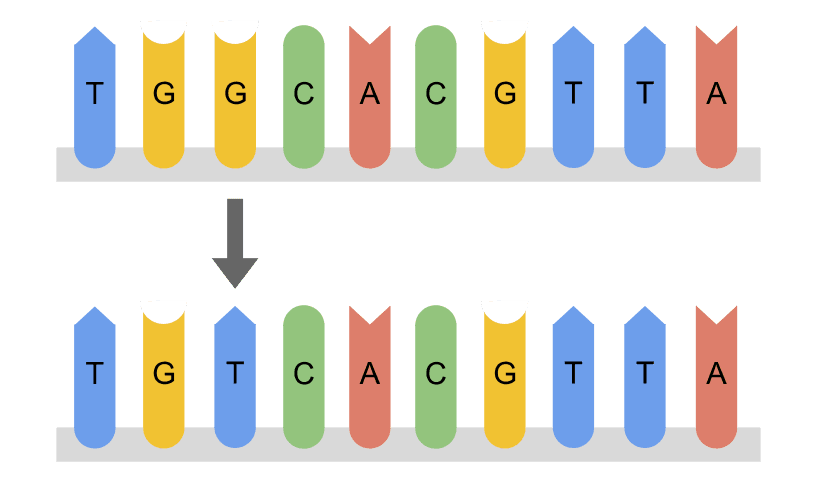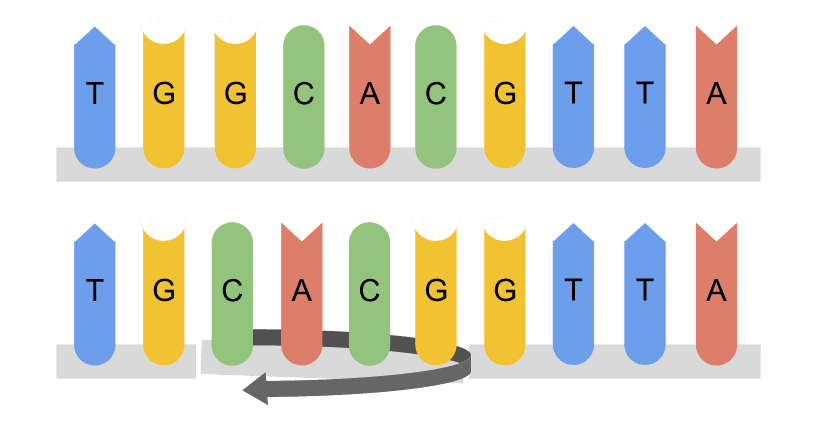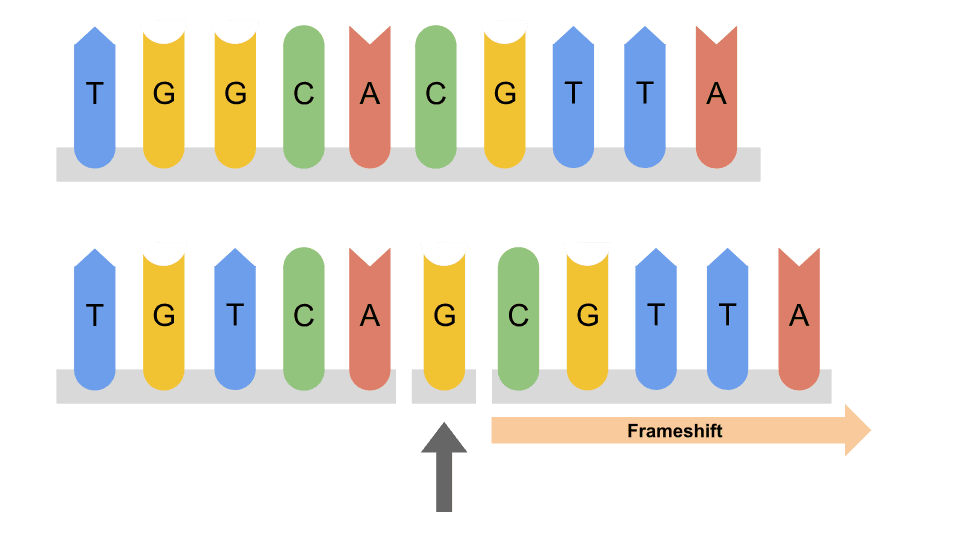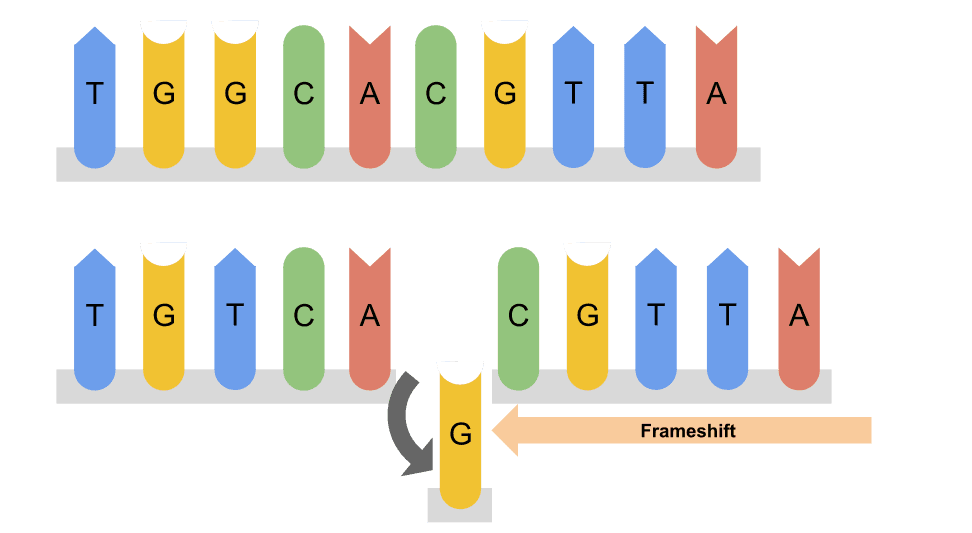Learn about evolution
Understanding Evolution and Mutation
Here, we explore the fundamental principles that shape the diversity of life on Earth. Evolution is the process by which species change over time. At the heart of evolution lies variation and mutations, a random alterations in an organism's DNA, is an (extra)ordinary source of variation.
Mutations can be beneficial, harmful or neutral to the organisms, depending on the context where they appear. Both random genetic drift or some selective process (natural or artificial selection) can lead to mutations being transferred to the next generations. As these genetic changes accumulate, they can result in significant differences that give rise to new traits or even new species. Therefore, by understanding evolution by mutations, we can gain insight into the mechanisms that drive the awesome variety of life forms around us.
With mútame, we illustrate evolution of the natural world using music. By modulating and iterating mutations in a score, we demonstrate how small changes can lead to entirely new compositions. In mútame, you get to rate the effect of the mutations and decide if they are passed to the next iteration. Whether you are a curious learner or a music enthusiast, mútame, and join us in exploring the amazing world of evolution!
What is DNA?
DNA (Deoxyribonucleic Acid) is the molecule that carries the genetic instructions for life. DNA is found in the cells of all living things and is passed down from generation to generation. It plays a crucial role in guiding the development, functioning, and reproduction of all known organisms. It consists of two long strands forming a double helix, held together by pairs of nucleotides. These nucleotides are the building blocks of DNA and include four types: adenine (A), thymine (T), cytosine (C), and guanine (G). The sequence of these nucleotides encodes the information needed to build and maintain an organism. In mútame, the DNA are the scores, and each note and tempo carries crucial information for the interpretation of that particular music piece. As scores are being copied, errors can be integrated at a different rate. The results of this, await to be seen.
Types of Mutations
Mutations are changes in the DNA sequence of an organism, and they play a crucial role in the process of evolution. There are several types of mutations, each with its unique impact on genetic information. Here are the types we are covering on mutame:
Substitution
A substitution is a change in a single nucleotide with another one.
In our musical mutation we achive this by changing one single note of the composition into something else.

Inversion
Inversion is when a segment of DNA is reversed end to end.
When an inversion happens to your composition we switch all the notes of one bar.

Insertion
Insertion is a mutation where one or more extra nucleotides are added to the DNA sequence.
In mútame an insertion is reflected by adding notes, rests or full bars.

Deletion
Deletion is a mutation where one or more nucleotides are removed from the DNA sequence.
In mútame an deletion is reflected by removing notes or full bars.
 ... more to come. Stay tuned!
... more to come. Stay tuned!Artifical Selection
In genetic drift, it is random if a mutation gets passed through generations. In natural selection, a mutation beneficial in a given context results in the organism carrying it having more chances to survive and reproduce; the mutation is therefore transferred. In artificial selection, humans get to decide whether a particular variant is transferred to the next generations. A typical example is dog breeding, where dogs with specific characteristics are reproduced with the hope of having the desired offspring.
In mútame, artificial selection is at play. You get to rate your mutant scores and those of the other users. Those mutants with more up-votes, get to be seen and have more chances to be selected for new mutation iteration. However, if mutations with negative effects start to show, and the downvotes start to accumulate, the mutant scores will probably stop to be selected, and the aberrant mutations (hopefuly?), lost.
